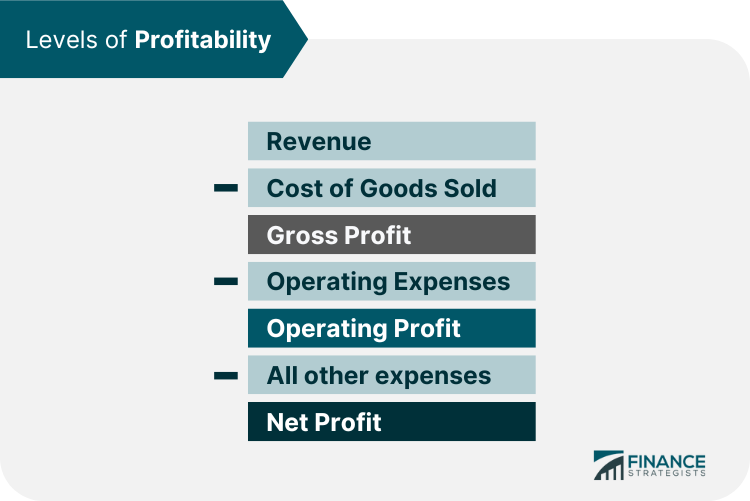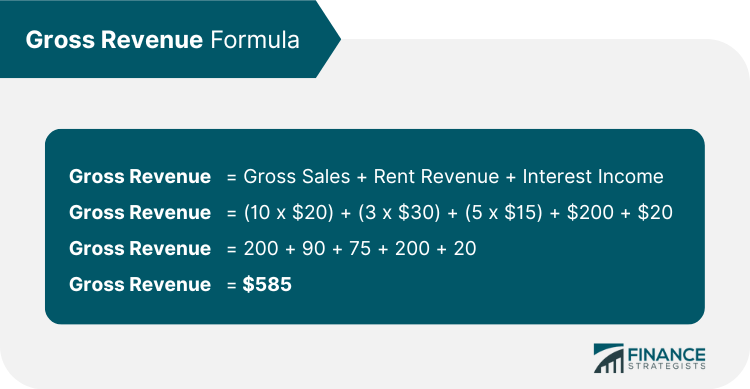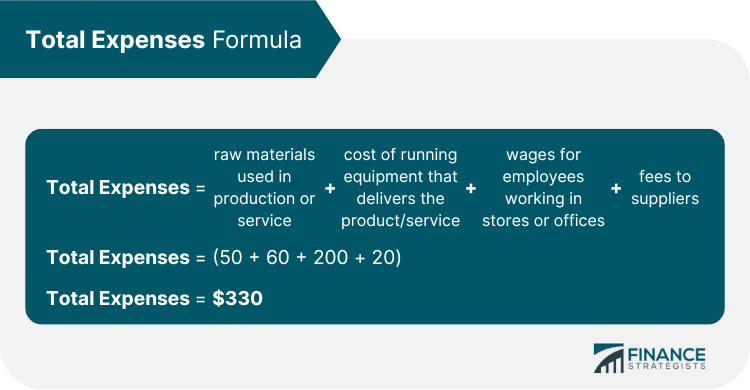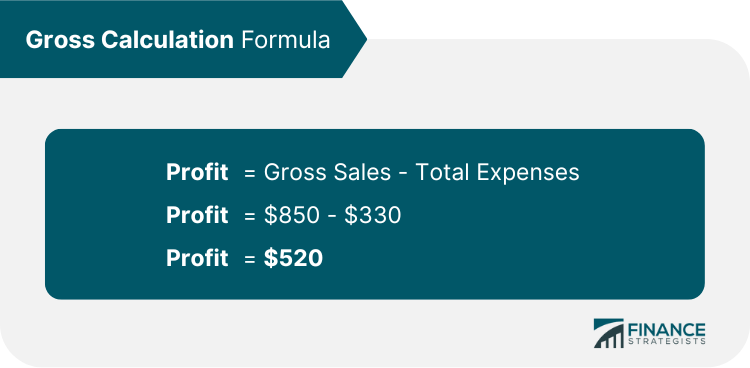Profit is the money earned by a business when its total revenue exceeds its total expenses. Any profit a company generates goes to its owners, who may choose to distribute the money to shareholders as income, or allocate it back into the business to finance further company growth. The method of calculating profit is simple: subtract a business's expenses from its total revenue over a fixed amount of time. There are three primary levels of profit of interest to investors: Gross profit subtracts only the direct cost of producing goods from the total revenue. Since the cost of producing goods is an inevitable expense, some investors view this as a measure of a company's overall ability to generate profit. Operating profit takes into account both the cost of goods sold and operating expenses such as selling, general, and administrative costs (otherwise known as SG&A). Net profit, or the bottom line, is the money left over after subtracting all expenses from total revenue. Net profit can refer to earnings before or after tax, so some use "net net" to clarify net profit after taxes. Investors use all three metrics as a way to evaluate a company's health, but net profit is widely accepted as the general definition of profit. Revenue is the total amount of sales generated by a business for its goods or services. Profit is the earnings left over after expenses have been deducted. To calculate revenue, you just need to add up all the money taken in by sales and other sources of income mentioned above. For example, say a particular company has the following transactions. In a particular month, it sold 10 souvenir t-shirts at $20 each, 3 hats at $30 each, and 5 scarves for $15. It also was able to earn an amount of $200 for rent revenue, and $20 interest income from its bank savings. The gross revenue for that particular month will be calculated as follows: Gross revenue is equal to the total of all sales before any deductions of discounts and returns, plus other sources of revenue such as rent and interest from savings. To calculate profit, you need to take the revenue from above, subtract all expenses, then take away any deductions. This difference is the final amount of money that was gained after all transactions were completed. For example, let’s say a particular company has the following transactions. In one month, it had sales of $850 but it also had costs of producing its products that consisted mainly of raw materials ($50), depreciation on equipment used in production ($60), wages for employees ($200), and an administrative fee ($20). The total expenses will be calculated as follows: Profit will be calculated as follows: Profit is the amount after expenses were deducted from gross revenue. Why is Profit Referred to as "The Bottom Line"? Profit is vital for businesses of all sizes and shapes to know how much money is being kept after expenses. It’s important to not only know how much money a business is keeping after all expenses, but also each level of profitability. If a business has a low gross profit, its focus should be on reducing the cost to fulfill sales. If it has a high gross profit, but low net profit, it should look at its operational expenses to determine where it can cut costs. Additionally, separating variable costs and fixed costs are crucial for understanding which expenses are eating away at a business's profits.Profit Meaning
Levels of Profitability

1). Gross Profit
2). Operating Profit
3.) Net Profit
Revenue vs Profit
How to Calculate Revenue

How to Calculate Profit


Conclusion
Profit FAQs
Profit is the money earned by a business when its total revenue exceeds its total expenses.
You calculate profit by subtracting the total expenses from total income. What you have left is your profit.
There are three primary levels of profit of interest to investors: gross profit, operating profit, and net profit.
Any profit a company generates goes to its owners, who may choose to distribute the money to shareholders as income, or allocate it back into the business to finance further company growth.
Investors use all three metrics as a way to evaluate a company’s health, but net profit is widely accepted as the general definition of profit.
True Tamplin is a published author, public speaker, CEO of UpDigital, and founder of Finance Strategists.
True is a Certified Educator in Personal Finance (CEPF®), author of The Handy Financial Ratios Guide, a member of the Society for Advancing Business Editing and Writing, contributes to his financial education site, Finance Strategists, and has spoken to various financial communities such as the CFA Institute, as well as university students like his Alma mater, Biola University, where he received a bachelor of science in business and data analytics.
To learn more about True, visit his personal website or view his author profiles on Amazon, Nasdaq and Forbes.















